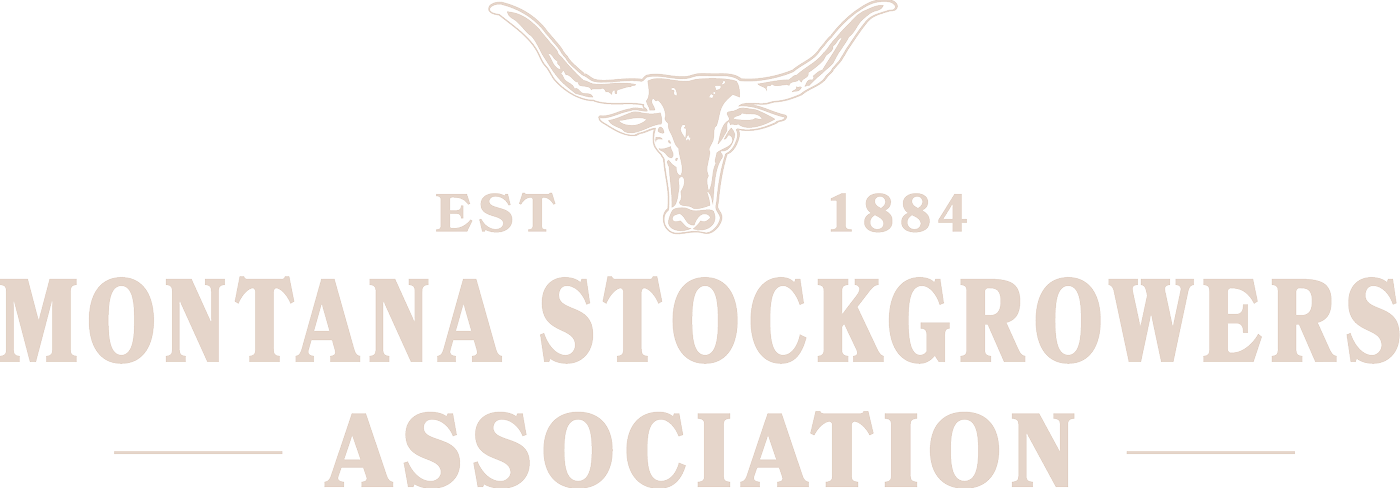From Northern Ag Network: The 2018 Montana Nutrition Conference and Livestock Forum took place in Bozeman this week. Livestock producers from Montana and the surrounding states gathered to learn about new findings in nutrition needs and livestock management. Drought resource management was the theme of the event and attendees determined that there is still a real possibility in the summer of 2018 for drought.
Dr. Megan Van Emon is the Extension Beef Cattle Specialist at Montana State University (MSU). She was an organization and presenter at the event. She says that “the event is a way to bring all of the aspects of the industry, not only beef cattle but livestock producers in general. As well as feed dealers and extension agents to hear our wealth of knowledge that we can bring together into a single event.”
Meteorologist Brian Bledsoe spoke at the forum and discussed the 2018 weather outlook. Depending on the weather model, attendees learned that Montana and surrounding states might be in for another drought again this year depending on how much moisture falls. With the possibility of drought, Van Emon added that “we’re hoping for the best, but the forum could provide some potential good resources here that that producer can take home.”
After last year’s drought and this year’s long, hard winter, many that came to the conference wanted to discover what options they have regarding preparing for drought and its impact on forges for livestock.
Dr. Emily Meccage is MSU’s Forage Extension Specialist. In looking ahead to this year’s growing season, Meccage said that “following a drought year we can potentially see some lower production just because we’re basically in a deficit.” She added that “now we’re fortunate that this winter we are at that full snowpack in a lot of areas. We’ve made up that deficit some and had a lot of winter moisture.”
Meccage is hopeful that producers can see good spring growth. She does point out that there is already the problem of delayed planting because of moisture. She said that “I always like to recommend that producers look at the drought forecast. If we have a drought in our future, which potentially this year we might see slight drought for some areas, then annual forages are an option.” She explains that annual forages are useful, “because we can get them to produce in fairly low amounts of water and they’ve produced pretty quickly. We can be using this as a summer grazing source, or we can be haying.”
Farmers and ranchers are always encouraged to work with their local county extension agents on all things agriculture.
Head over to Northern Ag Network for more information on the Montana Nutrition Conference and Livestock Forum.
